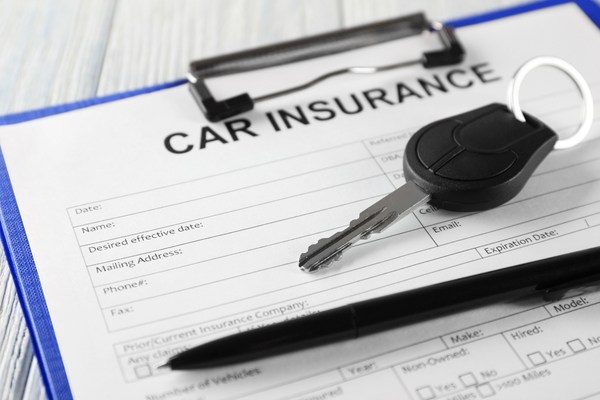
18 Nov 3 Things About Car Insurance Excess You May Not Know
Most people are aware that their car insurance policy includes an excess, but many are unclear about what it’s for or when it’s paid. An important part of getting car insurance is determining how much excess you’re comfortable paying in the event of a claim. And the amount of car insurance excess you pay will affect the overall price of your car insurance policy. Read on to find out all you need to know about car insurance excess, including three things you may not know about car insurance excess.
What is car insurance excess?
Car insurance excess is the amount you are required to contribute towards the cost of a claim. It’s designed to keep insurance affordable for everyone by encouraging people to be responsible with their possessions and avoid claiming for events that they could pay for themselves. By paying car insurance excess, you help keep the cost of your car insurance premiums down.
When you make a claim, your car insurance excess is paid to the supplier or repairer (or to your insurance provider in the event of total loss) and your insurance provider pays the balance of the cost under the terms of your car insurance policy.
The different types of car insurance excess include:
- Basic or standard excess – a standard excess amount applied to any claim
- Voluntary excess – an amount you choose to pay which may be higher than the standard excess in order to lower your monthly or annual car insurance premiums
- Imposed excess – a higher excess set by the insurance provider due to a higher perceived risk, for example for a vehicle that is targeted by thieves
- Age and licence related excess – for example, an additional age-related excess for drivers under 25
A higher excess could save you money
Choosing to pay a higher excess could help reduce your monthly or annual car insurance premiums. That means you’ll pay more when you do make a claim, but will save money by paying less each month or year for your car insurance cover. Before choosing to pay a higher excess, it’s important you’re confident that you can afford to pay the higher amount in the event of a claim.
Excess may be waived or reimbursed
Most insurance policies include an excess for claims of insurable events. However, there are some instances where you’re not required to pay car insurance excess – as in the case of windscreen replacement in some comprehensive car insurance policies. Furthermore, in some instances your excess may be waived or reimbursed.
If you are involved in an accident and make a claim, provided you can identify the driver who caused the accident and they’ve admitted fault, your insurance provider may waive the excess up front because they’re able to claim this back from the person who caused the accident. Or you may need to pay the excess and your insurance provider claims this back from the person at fault and then reimburses you.
Reimbursement of your excess will depend on a few things, including:
- Whether you know who the other driver is
- Whether they’ve admitted fault
- Whether there are witnesses
- Whether they have insurance or the ability to pay
If you’re unsure about the amount of excess you’re required to pay when making a claim or when excess is required, review your policy documents.
Excesses can vary on the same policy
Your car insurance policy will generally include a standard excess amount that you’ll pay if you make a claim for damages or loss of your vehicle. Your insurance provider may also charge additional excesses for things that are deemed riskier, and this amount will need to be paid in addition to the standard excess amount.
For younger drivers under 25, an additional excess is usually charged to cover the higher risk of an inexperienced driver. This type of excess can be a cumulative amount based on the age of the younger driver, the number of years they’ve held their licence and the type of licence, as well as whether or not the person is named as a driver on the car insurance policy.
Understanding car insurance
There’s a lot to think about when getting car insurance cover, and finding the right car insurance cover at the right price isn’t always easy. One way to save money on car insurance cover, is to work with an Insurance Adviser. At Max Insurances, we work with a panel of NZ insurance providers which means more choice for you when it comes to finding the right car insurance cover. We can work with you to research your car insurance options and help you find the best car insurance NZ wide to fit your needs.
Contact Max Insurances today for a free, no-obligation quote.
Request a Call Get a QuoteFind this article helpful? Don’t forget to like it or share it on Facebook.


